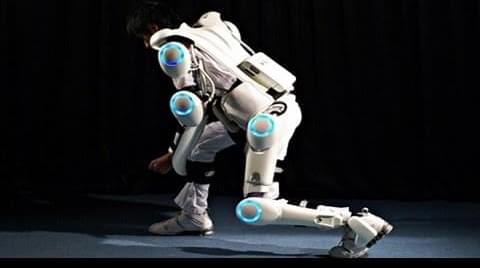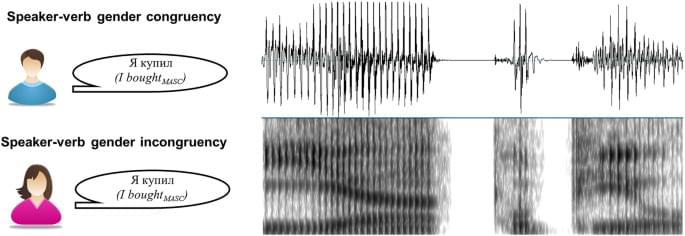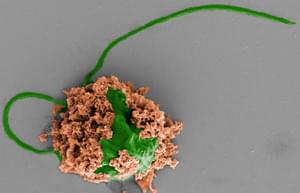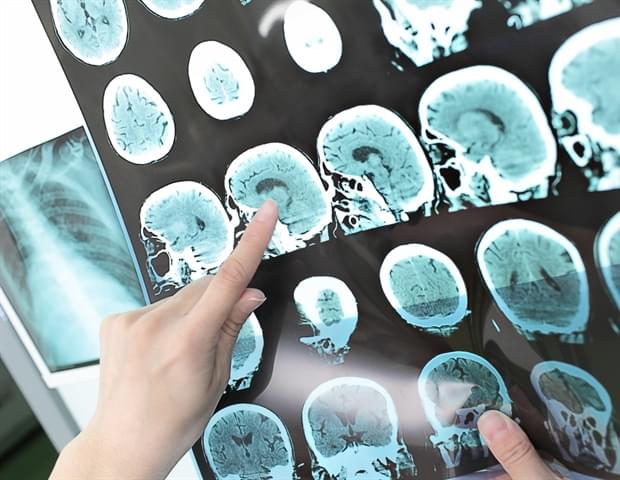Page 3305

There is a lot of culture and philosophy built into the Big Bang theory as we understand it.
Sep 24, 2022
After the big bang, light and electricity shaped the early universe
Posted by Dan Breeden in category: cosmology
After the big bang, electricity and light filled the universe in what’s called the epoch of reionization. The James Webb Space Telescope is hunting for more clues to explain this time period.
Sep 24, 2022
Multi-Stage Ion Thruster Holds Exciting Promise
Posted by Dan Breeden in category: space travel
Anyone who’s looked into high-voltage experiments is likely familiar with ion lifters — spindly contraptions made of wire and aluminum foil that are able to float above the workbench on a column of ionized air. It’s an impressive trick that’s been around since the 1950s, but the concept has yet to show any practical application as the thrust generated isn’t nearly enough to lift a more substantial vehicle.
It’s a bit early to suggest that [Jay Bowles] of Plasma Channel has finally found the solution to this fundamental shortcoming of electrostatic propulsion, but his recently completed multi-stage ion thruster certainly represents something of a generational leap for the technology. By combining multiple pairs of electrodes and experimentally determining the optimal values for their spacing and operational voltage, he’s been able to achieve a sustained exhaust velocity of 2.3 meters per second.
Continue reading “Multi-Stage Ion Thruster Holds Exciting Promise” »
Sep 24, 2022
Four New Brain Areas Involved in Many Cognitive Processes Mapped
Posted by Dan Breeden in category: neuroscience
Summary: Researchers have mapped four new areas of the human anterior prefrontal cortex that play critical roles in cognitive processing. Two of these newly mapped areas are larger in females than in males.
Source: Human Brain Project.
Researchers of the Human Brain Project (HBP) have mapped four new areas of the human anterior prefrontal cortex that plays a major role in cognitive functions. Two of the newly identified areas are relatively larger in females than in males.
Sep 24, 2022
Neurophysiological correlates of automatic integration of voice and gender information during grammatical processing
Posted by Saúl Morales Rodriguéz in categories: neuroscience, sex
Other ERP studies have reported diverse neurophysiological responses to inconsistencies between the message meaning and the speaker’s representation, typically manifest as a modulation of the N400 and/or P600 components15,16,17. Different patterns of ERP results reported in these studies are likely related to the nature of the mismatch manipulations used. For instance, whereas the P600 component is typically associated with a reanalysis/repair of syntactic incongruences and grammatical violations18, in experiments modulating the speaker’s voice it can also be elicited by the violations of the stereotypical noun roles in the absence of grammatical incongruencies as such (e.g., “face powder” or “fight club”, produced by male and female voices, respectively16) as well as the general assumptions based on the pronoun processing during sentence comprehension19. In contrast, the semantically-related N400 effect has been typically found for the semantic-pragmatic incongruences (e.g., “I am going to the night club” by child’s voice17).
Interestingly, these ERP effects offer support to two models of pragmatic language comprehension—the standard, two-step model and the one-step model. The two-step model claims that listeners compute meaning first, in isolation, and that the communicative context is considered at the second stage (speaker’s information, in particular16,20), as reflected in the late P600 responses. More recent findings showed, however, that this pragmatic (extralinguistic) integration is likely happening in a single-step manner already during semantic processing, as reflected in the N400 effect17,21. Nevertheless, other studies also reported the overlap of both processing stages, showing an N400 effect elicited by expectation error and a late P600 effect for overall reanalysis of this expectation22.
Understanding how gender information is integrated by the listeners is particularly important when one considers the differences in how different languages signal grammatical gender. In some languages, such as in English, Finnish or Mandarin, overt grammatical gender marking is almost completely absent. Many other languages, such as Slavic languages, explicitly mark grammatical gender in nouns, verbs, and adjectives, often in a complicated interdependent manner. Russian is one of such languages, offering an optimal testbed for investigating linguistic and extralinguistic gender integration. As far as we know, there is only one study addressing this question in a Slavic language: using Slovak, Hanulíková Carreiras23 found that, during an active-listening task, the integration of speaker-related information and morphosyntactic information occurred rather late during complex sentence processing. Additionally, a conflict between the speaker’s and the word’s genders (e.g., “I– \(stole_{MASC}\) plums” in female voice) was reflected in the modulation of the N400 component. Given that N400/LAN modulations have been consistently found for morphosyntactic violations, in particular for number, person, and gender agreement, as well as in phrase structure violations (e.g.,24, see also for review25), this result may suggest that extralinguistic information is directly integrated during online (morpho)syntactic processing (such as speaker’s sex converted into subject’s gender in (morpho)syntactic processing). However, N400 is also known to be related to conscious top-down controlled integration of linguistic information24,26. Indeed, in the study described above, the participant’s overt attention to the stimuli was required, and the effect generally appeared rather late in the comprehension processes. Thus, the question of whether such findings reflect the involvement of genuine online parsing mechanisms or secondary post-comprehension processes (such as repair and reanalysis24,27) still remains unsolved. Importantly, syntactic parsing has been shown to commence much earlier and to take place in a largely automatic fashion, as demonstrated in studies focused on early left-anterior negativity (ELAN) or syntactic MMN. In particular, ELAN modulation around 200 ms or earlier has been reported during outright violations of the obligatory structure, reflecting an automatic early analysis of the syntactic structure like phrase structure errors28,29,30,31, and it is considered to reflect the brain’s response to the word category violations.
Sep 24, 2022
Tiny swimming robots treat deadly pneumonia in mice
Posted by Dan Kummer in category: robotics/AI
Nanoengineers at the University of California San Diego have developed microscopic robots, called microrobots, that can swim around in the lungs, deliver medication and be used to clear up life-threatening cases of bacterial pneumonia.
In mice, the microrobots safely eliminated pneumonia-causing bacteria in the lungs and resulted in 100% survival. By contrast, untreated mice all died within three days after infection.
The results are published Sept. 22 in Nature Materials.
Sep 24, 2022
Newer-generation clot-busting drug outperforms traditional stroke treatment in many areas
Posted by Kelvin Dafiaghor in categories: biotech/medical, health
A newer-generation clot-busting drug called tenecteplase outperforms the traditional treatment for ischemic strokes in several key areas, including better health outcomes and lower costs, according to a new study published today in the American Stroke Association’s journal Stroke.
The study was led by a team of neurologists at Dell Medical School at The University of Texas at Austin and was carried out over a 15-month period at 10 Ascension Seton hospitals in Central Texas starting in September 2019.
The Dell Med Neurology Stroke Program was one of the first in the United States to make this change. Based on even the earliest results from this study, other experts across the country were convinced and made the switch from alteplase to tenecteplase at their own stroke centers, including at Ascension hospitals nationwide.
Sep 24, 2022
CRISPR-Based HIV Gene Therapy Administered To First Human Patient
Posted by Kelvin Dafiaghor in categories: bioengineering, biotech/medical

In a clinical trial, the first patient has received a single dose of a new human immunodeficiency virus (HIV) gene editing therapy, researchers at the Lewis Katz School of Medicine at Temple University and Excision BioTherapeutics, Inc have reported.
In a collaborative effort, the researchers are currently running a phase 1/2 clinical trial to evaluate the safety and efficacy of their therapy, called EBT-101, which is based on gene editing technology known as CRISPR.
Continue reading “CRISPR-Based HIV Gene Therapy Administered To First Human Patient” »
















